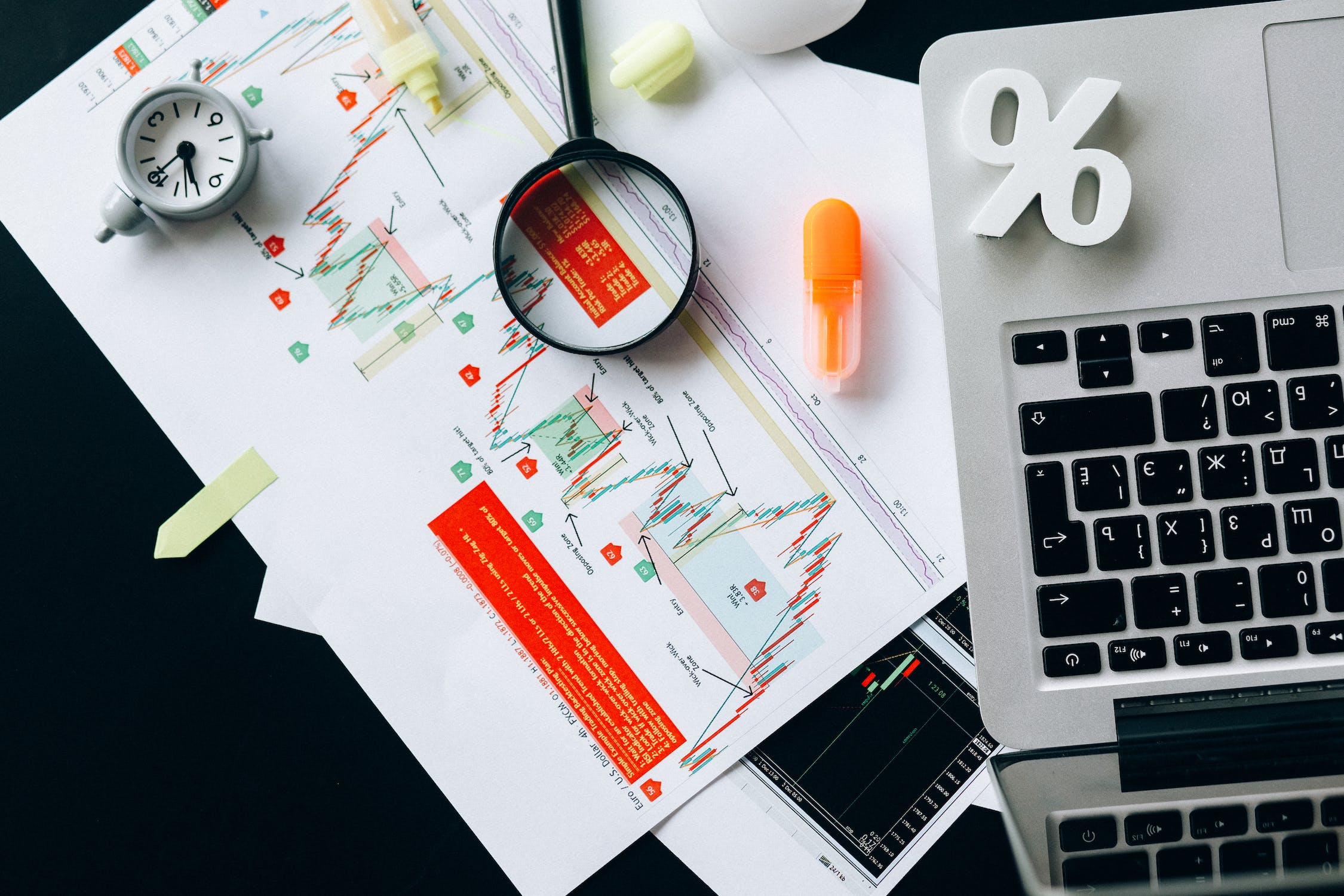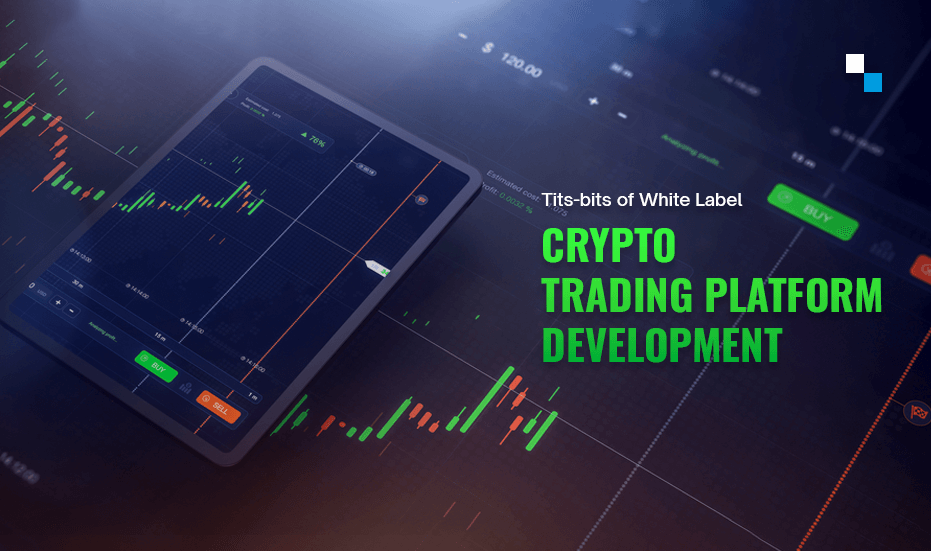Is CFD trading cryptocurrencies something you’re considering? In such a case, you need to keep in mind the risks associated with it. Although cryptocurrencies are a new and exciting investment, it is also high-risk and extremely volatile, which makes them a risky investment. Additionally, you should ensure that before trading CFDs in this market, you comprehend the risks involved as well as the way you can manage them. So go on reading to find out more information regarding CFDs and the ways to manage crypto risk.
What are Crypto CFDs?
Contracts for difference (CFDs) are derivative financial instruments that allow you to speculate on price movements without actually owning the assets. The CFDs for cryptocurrency work in the same way as those for other CFD assets such as Forex, stocks, commodities, and indices. The only differences are that rather than speculating on traditional assets, you are speculating on cryptocurrency price movements.
For instance, let us assume that you believe Bitcoin’s price is likely to rise. In such a situation, you may wish to open a CFD trade on Bitcoin, from which you can profit if the price rises. In the same way, if you believe the price will decline, opening a short position may provide you with a chance for profit. Therefore, it is not necessary for you to worry about security and storage since you do not actually buy Bitcoin.
What are the Benefits of Trading Cryptocurrency CFDs?
Traders find CFDs appealing due to a number of advantages. An important benefit of this type of trading is the possibility of using leverage. Using leverage when trading CFDs is one of the key aspects of getting exposure to a larger position than you can in traditional trading. The advantage of this strategy is the possibility of increasing profits – however, the risk associated with it is also increased.
Let’s imagine, for instance, if you wanted to trade Bitcoin using leverage. You wish to buy $100’s worth of Bitcoin at the $10,000 market price at the moment. With leverage, your margin would only need to be a small portion of this sum.
A further benefit of CFD trading is that you may trade both short and long positions. As a result, you can earn profits both when prices are falling and rising. However, if prices rise too far, you may also lose money. Also, remember that using an amazing instrument such as stop losses can help you reduce your downside risk.
Last but not least, CFDs provide the opportunity to trade in a wide variety of markets. Forex and indices are just some of the financial instruments you can trade, as well as commodities and shares. As a consequence, you have a wide range of opportunities to make profitable trades.
Ultimately, CFD trading has many benefits – which explains why it is becoming increasingly popular with investors around the world.
What are the Risks?
The benefits of trading CFDs on cryptocurrencies can appear to outweigh the risks. Nevertheless, before beginning to trade, you must understand all the risks associated with this kind of investment. Risks include market risk, client money risk, counterparty risk, and liquidity risk must be taken into consideration.
- Market Risk
You are confident that the underlying asset’s value will change for the better. If an investor believes the price of the underlying asset will increase, they will choose a long position. On the other hand, if they believe the asset’s value will keep falling, investors would opt to take a short position. In actuality, even experienced investors occasionally make bad choices in their investment strategy.
Unexpected news, fluctuating market conditions, and shifting governmental policy can all cause abrupt changes. The way CFDs operate means that even seemingly insignificant changes could have a big impact on investors’ profits.
For instance, an investor may open a short position in bitcoin with the expectation that the price will continue to decline relative to the US dollar. The investor could lose money, though, if there is a rapid change in the market and Bitcoin’s value rises because its position is now worth less than it was when it initially opened it.
When trading CFDs, even a tiny movement in the market can have a significant impact on an investor’s profits. This is an example of market risk.
- Client Money Risk
Another risk to consider is client money risk. This is the possibility that your broker will not be able to return your money if you ask for it back (i.e., they become insolvent). While this is an unlikely scenario, it’s still important to be aware of the possibility.
It’s also worth noting that, even if your broker is solvent, there may be delays in getting your money back if you ask for a withdrawal. This is because brokers often have to wait for the other party in the trade to agree to the withdrawal before they can release the funds.
- Counterparty Risk
You must get into a binding contract with another party when trading CFDs. The other party in this situation is referred to as a counterparty. Brokers often serve as counterparties, although other traders can also serve as counterparties. The only asset exchanged when purchasing or selling a CFD is the contract that was issued by the CFD provider. Trading with CFD providers entails dealing with their counterparties directly, such as other clients they do business with. As a result, the agreement carries a risk that the counterparty would be unable to fulfill its financial obligations.
As long as the provider is unable to meet its commitments, the value of the underlying asset is of little importance. Due to the lack of regulatory oversight in the market for CFDs, you should know that your broker’s reputation, durability, and financial stability are more important than their legal status.
This type of risk is referred to as counterparty risk. Taking this into consideration, it is important to note that this risk is inherent in all types of trading, not just the trading of CFDs.
- Liquidity Risk
Liquidity risk is another risk to be considered. Essentially, this is the risk of being unable to find a buyer or seller for the asset you are attempting to trade. As the cryptocurrency market remains relatively new and has not yet established itself as much as other markets, the liquidity risk associated with crypto CFD liquidity is relatively high compared with other asset types.
This indicates that there could be significant price fluctuations in crypto assets, which could result in losses for investors.
It’s also important to bear in mind that no central body can step in if there are issues with liquidity in crypto due to its decentralized structure.
Consequently, trading coins with low liquidity is dangerous since slippage can occur more easily, forcing you to accept a lower price to exit your position. Conversely, since Bitcoin liquidity is comparatively high, this should not pose a major obstacle to the trading of Bitcoin CFDs. Therefore, when you are considering investing in cryptocurrencies, it is essential to keep this aspect in mind.
Takeaways
The use of CFDs is a popular way to invest in the markets, but it’s important to understand the risks. Market risk, client money risk, counterparty risk, and liquidity risk are the most important risks to consider. Additionally, it’s important to keep in mind that every type of trading entails some level of risk. A key aspect of trading is limiting your risk and only investing money you can afford to lose. And in the end, crypto CFD trading can be a profitable investment strategy when risk is managed correctly.











